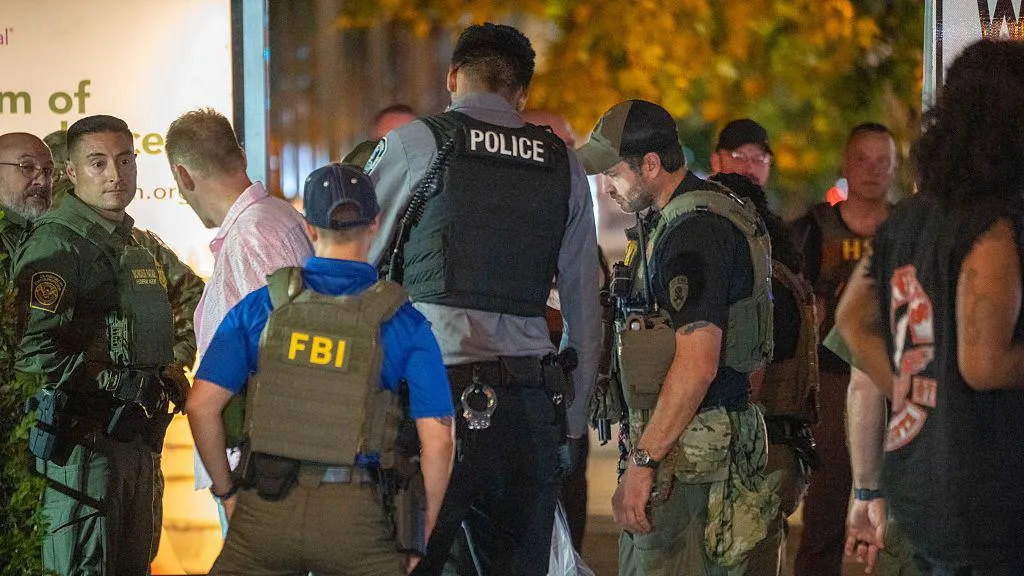President Donald Trump’s recent decision to deploy hundreds of National Guard troops to Washington DC and assume control of its police department has sparked both controversy and debate. In what he termed as “Liberation Day” for the city, President Trump expressed his determination to combat crime and restore order to the nation’s capital amidst escalating concerns of violence and disorder.
However, Washington DC Mayor Muriel Bowser has contested the notion of a crime surge, citing a significant reduction in criminal activities and emphasizing that the city has achieved a 30-year low in violent crimes. This conflicting narrative raises questions about the true state of law and order in Washington DC.
As the debate surrounding violent crime in the capital intensifies, it is crucial to delve into the statistical data provided by the Washington DC Metropolitan Police and the FBI to gauge the actual trends. Despite President Trump’s claims of escalating violence, official reports indicate a decline in violent offenses since their peak in 2023, with 2024 marking a historic low in three decades.
Moreover, the disparities between the crime data reported by the MPDC and the FBI add another layer of complexity to the discussion. While both sources acknowledge a decrease in violent crime rates, variations in the extent of this decline underscore the nuances of interpreting crime statistics. This discrepancy underscores the importance of adopting a comprehensive approach to understanding the evolving nature of crime in Washington DC.
Regarding homicide rates, President Trump’s assertions about record highs in 2023 are met with scrutiny, as historical data reveals fluctuations in murder rates over the years. Despite a spike in homicides in 2023, subsequent years have witnessed a decrease in the murder rate, emphasizing the need for a nuanced analysis of long-term crime trends in the city.
Furthermore, concerns over carjackings and juvenile crime have prompted the enforcement of a citywide curfew aimed at curbing such criminal activities. The recent rise in carjacking incidents underscores the challenges faced in addressing specific forms of criminal behavior and highlights the need for targeted intervention strategies.
In comparing Washington DC’s crime rates to those of other major US cities, a mixed picture emerges. While the capital’s downward trend in violence aligns with national patterns, its crime levels remain higher than the average across a sample of cities. This nuanced comparison sheds light on the unique dynamics of crime in Washington DC and underscores the importance of context in assessing the city’s law enforcement challenges.
As stakeholders continue to analyze and interpret the evolving crime landscape in Washington DC, the commitment to data-driven policymaking and collaborative efforts between local authorities and federal agencies will be crucial in addressing the complex interplay of factors influencing crime rates in the nation’s capital.

